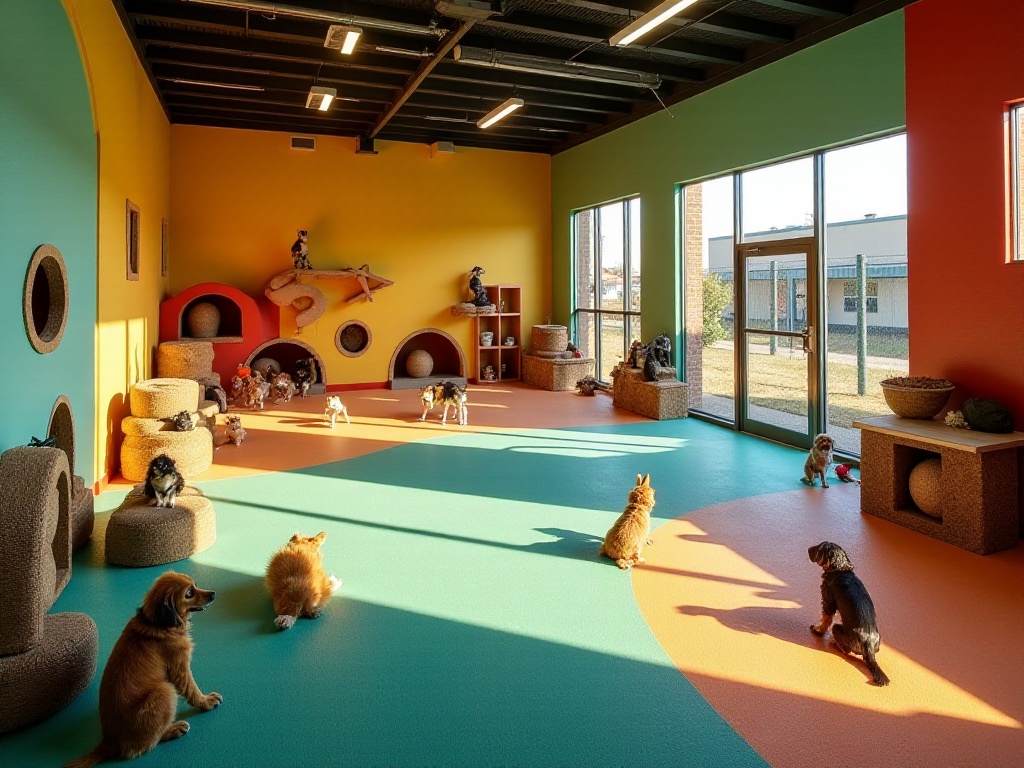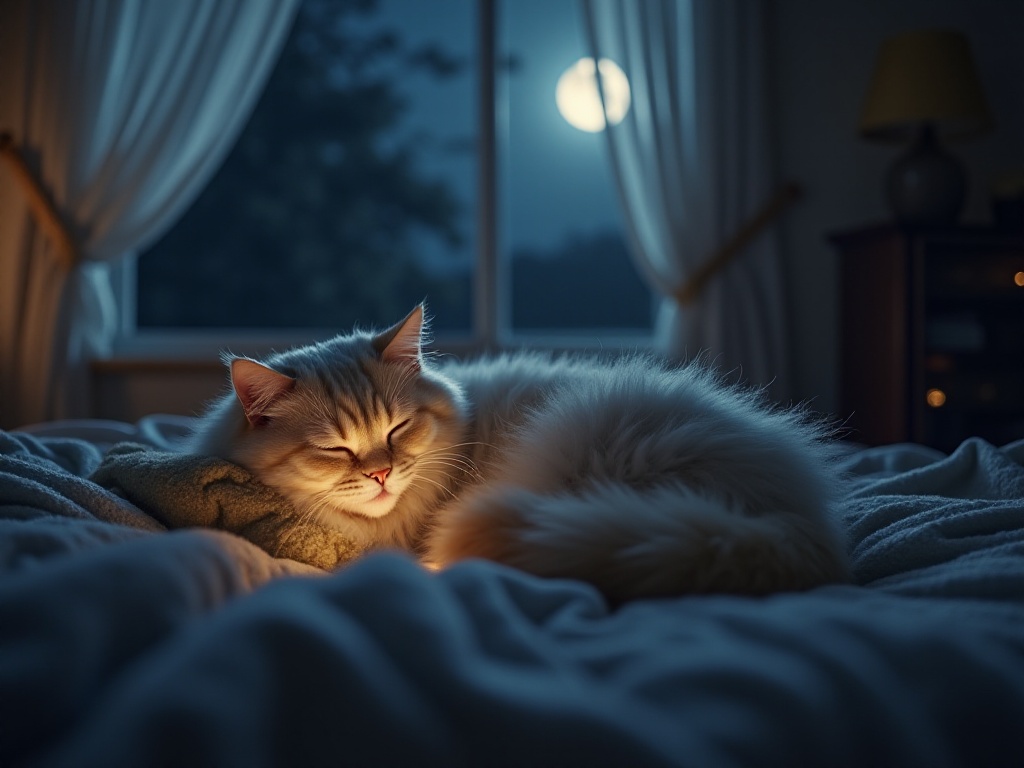Organizing the House
I recently reorganized my home and discovered how easy pet ownership can be! Previously, the house always seemed messy, but now with designated areas for everything, our quality of life has improved significantly.
I remember how the house used to look like it was hit by a typhoon every time I needed to walk the dog, searching everywhere for the leash and waste bags. Now I have an adorable storage basket by the door containing not only basic walking supplies but also a portable water bottle and treats. When we meet other dogs, we can share treats - how thoughtful!
The feeding area transformation was truly revolutionary. I created a dedicated "Pet Food Station" next to the kitchen, with food bowls, treats, and medicines neatly arranged in a transparent storage cabinet so I can easily check inventory levels. Best of all, I put up a large calendar on the wall to track not just medication schedules but also weight changes and grooming records.
For those fast-eating pets, I've come up with many solutions. Besides using shallow dishes to slow down eating, I bought special slow-feeder bowls with maze-like patterns. My Golden Retriever wasn't used to it at first, but now enjoys eating from it and no longer gets hiccups from eating too fast.
To make feeding more interesting, I created a simple food distribution schedule. First meal is at 7 AM, second at 6 PM, with treats in between based on activity level. I pre-portion all treats to avoid overfeeding. Recently discovered they especially love freeze-dried chicken breast - they're particularly enthusiastic during training sessions.
Storage space planning is also an art. I divided the house into functional zones: entryway for outdoor gear, living room corner for toys, and bathroom area for cleaning supplies. Each zone has appropriate storage boxes and labels, making everything organized and easy to find.
I recently added a dedicated pet clothing storage cabinet, organizing their clothes, towels, and mats by category. These items used to be stuffed randomly in drawers, but now everything's neat and easily accessible. It's especially helpful during seasonal changes to see what needs to be replaced.
Cleaning Tips
Honestly, when I first started keeping pets, cleaning was overwhelming. Hair everywhere, paw prints on the floor, scratch marks on the sofa... But now, I've mastered all the tricks!
First is the cleaning supply storage system. I set up a multi-tier storage cabinet with sections from top to bottom: daily care (combs, nail clippers, toothbrushes), grooming (shampoo, conditioner, ear cleaner), and cleaning tools (cloths, mops, vacuum attachments). Everything is labeled and returned immediately after use, no more chaos.
For the troublesome fur cleaning, I've collected many useful tricks. Besides using rubber gloves, I discovered that rubbing balloons creates static electricity that easily picks up fur. Every morning I use static dust sheets to wipe furniture, and by evening there's hardly any visible fur.
Floor cleaning has its techniques too. I now use an electric mop that can spray water, combined with special pet floor cleaner, which not only removes stains but also eliminates odors. Most importantly, the floor dries quickly, so there's no worry about pets slipping on wet surfaces.
For fabric furniture, I regularly deodorize with baking soda. Sprinkle it on, let it sit for a few hours, then vacuum it up - it absorbs odors and removes deep-seated fur. I chose removable sofa covers that can be washed monthly.
As for scratching posts and dog beds, I replace them regularly. Scratching posts get changed every two weeks, and dog bed cushions are washed weekly. This maintains hygiene and prevents bacteria growth. I keep several spare cushions so they always have a place to sleep during washing.
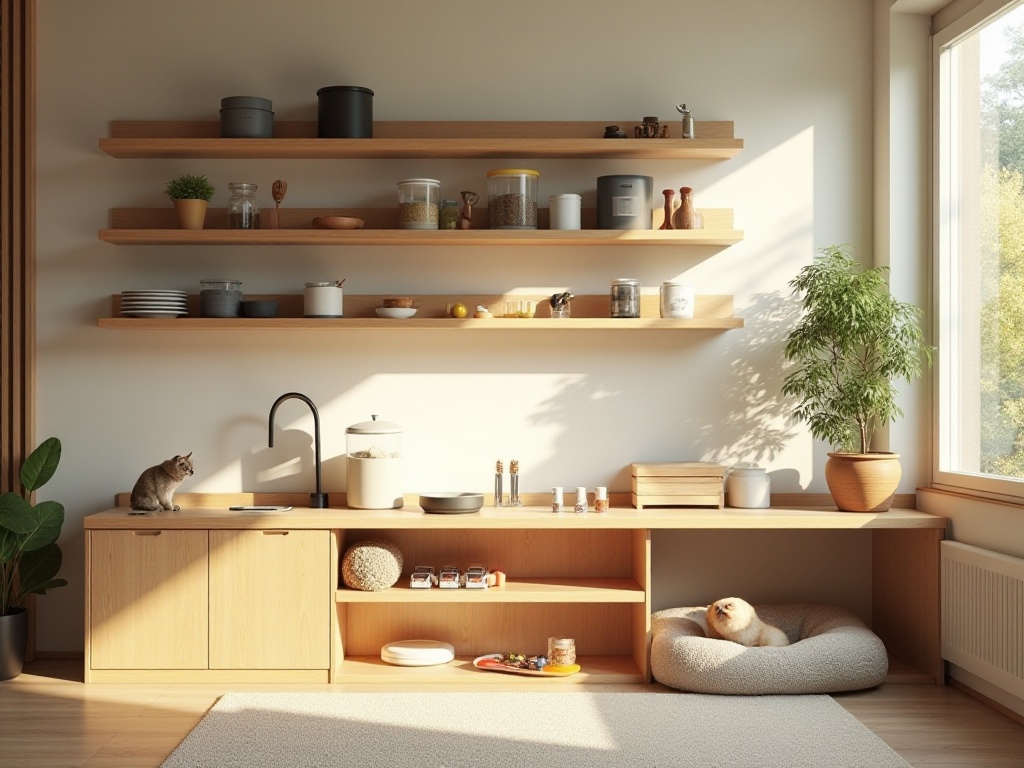
Health is Most Important
Health is the most crucial aspect of pet ownership - it can't be neglected. Through years of experience, I've developed a comprehensive health management plan.
Regular check-ups come first. I take them for comprehensive examinations every six months, including blood work, organ function tests, and dental checks. While it might seem excessive, many issues are caught early during routine check-ups. Take my cat for example - last year's check-up detected early tartar buildup, preventing periodontal disease through timely treatment.
Daily health monitoring is also important. I observe their eating habits, energy levels, and bowel movements daily. To better track their health, I downloaded a pet health tracking app where I record their food intake, exercise, and any unusual conditions. These records are particularly useful during veterinary visits.
Nutrition management is another key point. I've created detailed meal plans with strict ratios of main food to treats. I choose high-quality dog food with probiotics, adjusting portions based on their weight and activity levels. Treats are mainly low-fat, high-protein options like chicken breast jerky and dried fish.
Exercise control is crucial too. My dog has fixed exercise times - half-hour walks morning and evening, plus midday frisbee or training sessions. This maintains healthy weight and promotes digestive health, preventing constipation.
Vaccines and deworming are equally important. I set phone calendar reminders and record each vaccination and deworming treatment to never miss the next one. I alternate between different types of dewormers to prevent parasite resistance.
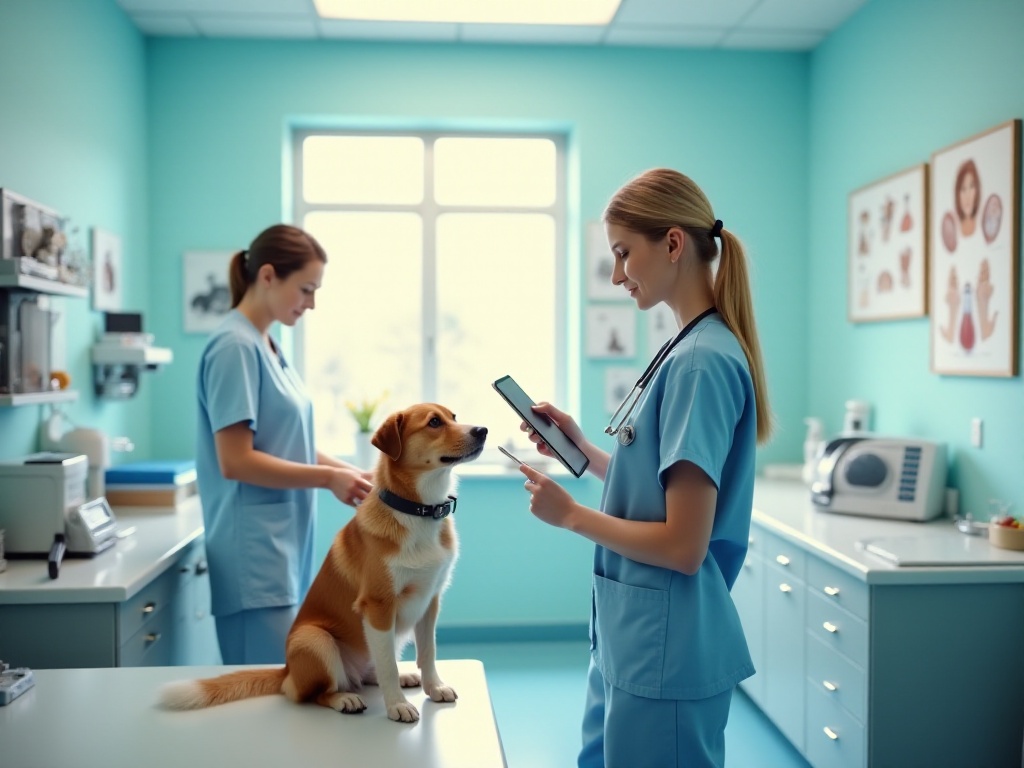
The Secret to Happiness
Pet care isn't just about physical health - mental well-being is equally important. I've found that keeping pets happy improves the entire household's atmosphere.
Mental stimulation is my recent focus. Besides traditional puzzle toys, I create games based on their personalities. For example, hiding treats in cardboard mazes for them to find by scent, or rolling treats in towels for them to figure out how to open. These games train their intelligence while maintaining their interest.
Social activities are essential. Our neighborhood has a pet owners' group that regularly organizes outdoor activities. We have scheduled dog walking times every weekend where everyone gathers to let the dogs play freely. Through these activities, my dog has made friends and become more confident.
Home activity space design is important too. I set up an observation deck on the balcony for cats to watch the outside world. In the living room corner, I built a small climbing frame for free movement. Recently added an automatic cat teaser toy so they can play while I work.
Emotional connection can't be overlooked. My first priority after work is spending time with them. No matter how busy, I make time to pet them and talk to them. I've noticed that regular interaction makes them more affectionate and happier.
I recently learned pet massage. Every night before bed, I gently massage their muscles and joints. This helps them relax and allows me to check for any abnormalities. They really enjoy it, purring with their eyes half-closed.
These daily details may seem simple but make our lives with our furry friends more harmonious. Pet ownership requires dedication, but seeing them healthy and happy makes it all worthwhile.
Finally, each pet is unique with their own personality and habits. Our job is to observe carefully and find the best way to interact with them. With patience and attention to detail, we can give them the most comfortable life possible.
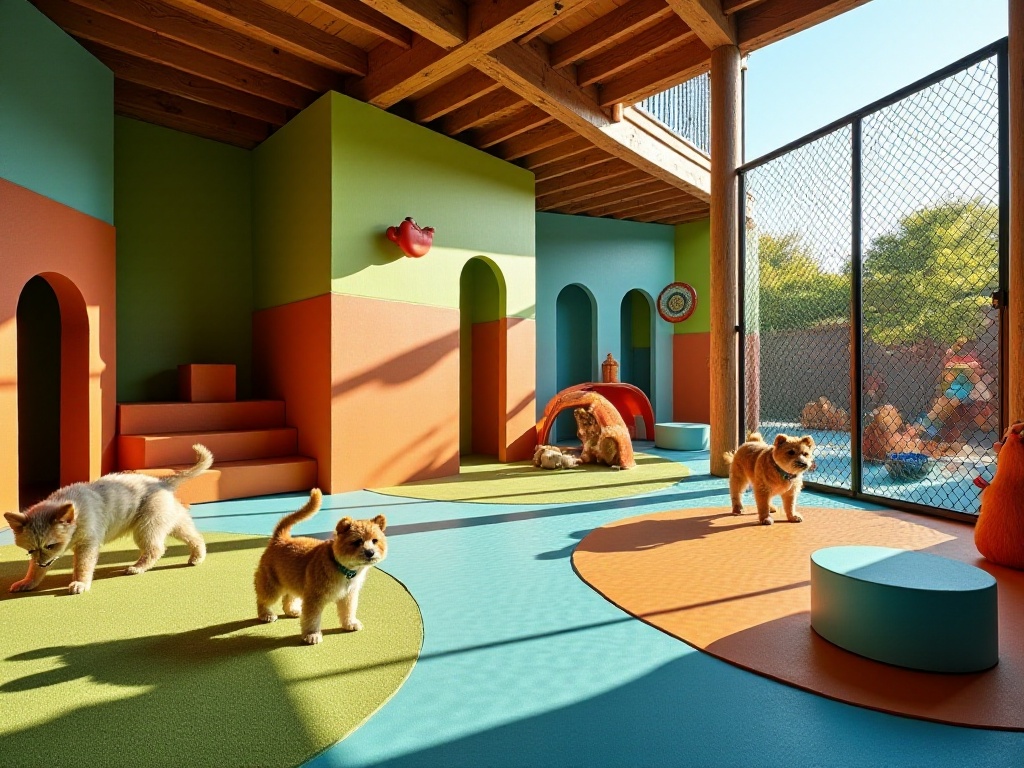
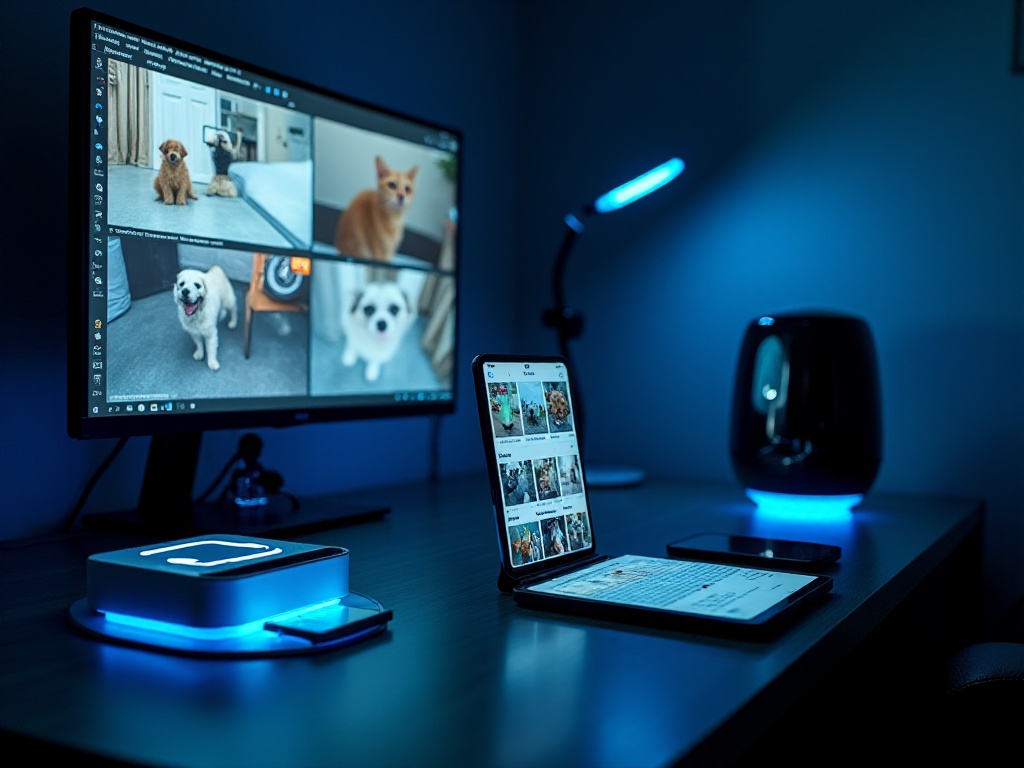
Related articles


